 SEO is a marathon, not a sprint. It takes a methodical, slow-and-steady approach to achieve long-term results that can actual give you a decent return on investment. The issue with slow and steady is that it can cost a fair bit up front.
SEO is a marathon, not a sprint. It takes a methodical, slow-and-steady approach to achieve long-term results that can actual give you a decent return on investment. The issue with slow and steady is that it can cost a fair bit up front.
Many SEO strategies are front-loaded, requiring technical clean up, baseline reporting, and lots of other time-consuming tasks – all very necessary to set you up for success. But if your site isn’t performing at its best, and if it’s not pulling in the revenue you need to fund an SEO strategy, it can be tricky to get started.
Search engine optimization takes years of experience to master. Even then, there’s no one-size-fits-all strategy. It’s about finding that perfect balance between art and science, then adding in a crystal ball reading to predict the future, and a wishing well for good measure. And just when you’ve found a formula that’s working, you can count on Google to swing in like Tarzan on a vine to mess it all up again.
That’s nothing new in the search world. We’re used to it. As a business owner on a shoestring budget, SEO can seem out of reach. Fortunately, there are options. There are some low-hanging fruits you can tackle in-house to help get the ball rolling sooner than later–even when you have a zero dollar budget.
Refresh Title Tags
Why it’s important:
The title tag is the most important on-page algorithmic ranking factor. It’s also your first opportunity to convert–to get the click from the search engine results page (SERP) to your web page.
How to do it:
- Using a “top-down” approach, make a list of all your major landing pages. They’re usually the ones in your main navigation, like About us, Services, etc.
- In an Excel spreadsheet, paste the URL in one column, then add a column for the old title tag and another for the new title tag. Beside the new Title tag, add another column for the character count. The formula is =LEN(C3):
- Read this for more help on how to write sizzling hot title tags.
Update XML Sitemaps
Why it’s important:
Larger sites in particular will benefit from this simple SEO update. URLs are constantly changing, especially in ecommerce sites, which can make it difficult for search engine robots to index the right pages. By updating the XML Sitemap on a regular basis, you’re giving engines like Google the information they need to properly crawl and index the right pages.
Tip: Some ecommerce platforms, like Shopify, will automatically update your XML sitemaps for you, so you can skip this step all together.
How to do it:
- There are a few different XML sitemap generators you can use, most of which are free, like XML-Sitemaps.com, XMLsitemapgenerator.org, and the WordPress plugin for Google XML Sitemaps. Choose whichever one you like best.
- They’re all fairly simple to use — just follow the instructions to create a new sitemap and save the file by naming it sitemap.xml.
- Upload it to your domain so it lives here: yoursite.com/sitemap.xml/
- Then submit it to Google in the Search Console:
Add Local Schema
Why it’s important:
More people are using mobile devices now to find information on the go. If you’re not optimizing your site for local search placements, you’re missing out on a vital piece of SERP real estate — the local 3 pack.
How to do it:
NAP schema. NAP stands for Name, Address, Phone. Schema markup is code used in your website to help search engines return more informative results for users. Schema markup creates “rich snippets,” in this case the rich snippets are what you see in the image above.
Including NAP schema is simpler than you think. Fortunately, you don’t have to be a code ninja to do this.
- Start with this free tool
- Enter your NAP information
- Copy & paste the code on your website where you want the information to appear (usually a footer and on the contact page)
Here’s the text version of the code above, so you can edit, copy and paste into your own site.
<div itemscope itemtype=”http://schema.org/LocalBusiness”>
<span itemprop=”name”>Your Business Name</span>
<div itemprop=”address” itemscope itemtype=”http://schema.org/PostalAddress”>
<span itemprop=”streetAddress”>Your 123 Address St.</span>
<span itemprop=”addressLocality”>City</span>,
<span itemprop=”addressRegion”>State</span>
<span itemprop=”postalCode”>Zip</span>
</div>
Phone: <span itemprop=”telephone”>123-456-7890</span>
</div>
Conclusion
By no means am I suggesting that these three SEO elements on their own will launch your site to the top of the SERPs–that takes a much more detailed strategy, committment and budget. That said, if you don’t have budget right now for a full-blown SEO campaign, you can grab hold of these low-hanging fruits. By implementing these SEO items, you’re taking a positive step toward improving your online visibility and user experience.
Don’t get paralyzed by the “all or nothing” mindset. Start small if you have to, but do start somewhere. Take those first steps and the rest will follow in time.

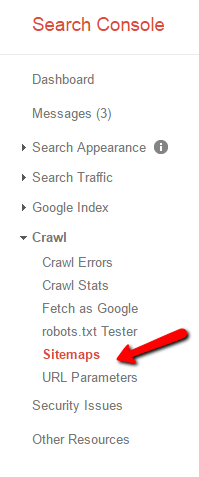
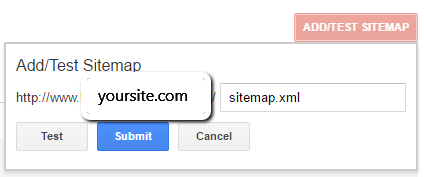
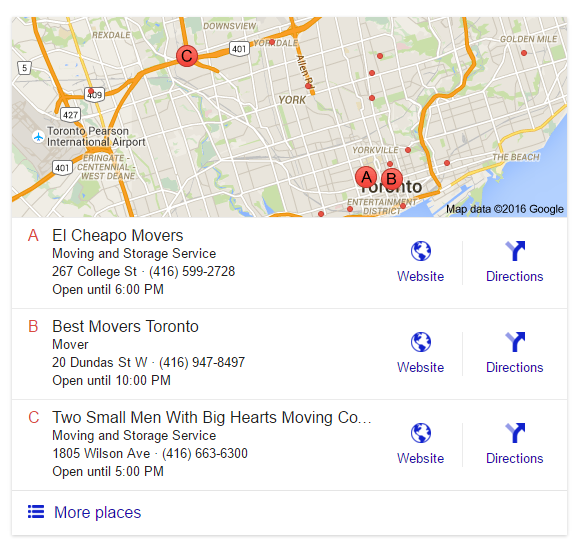
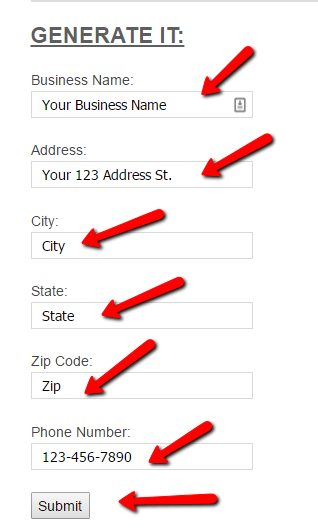
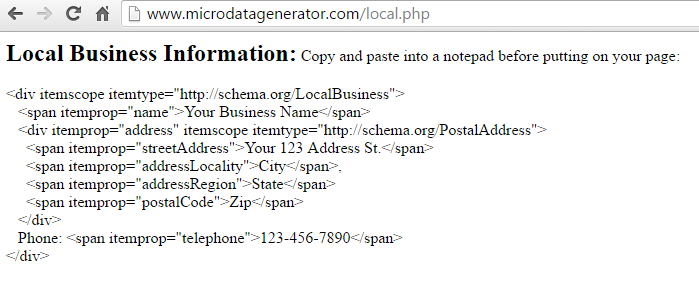
[…] 3 DIY SEO Action Items for a $0 Budget, thesempost.com […]